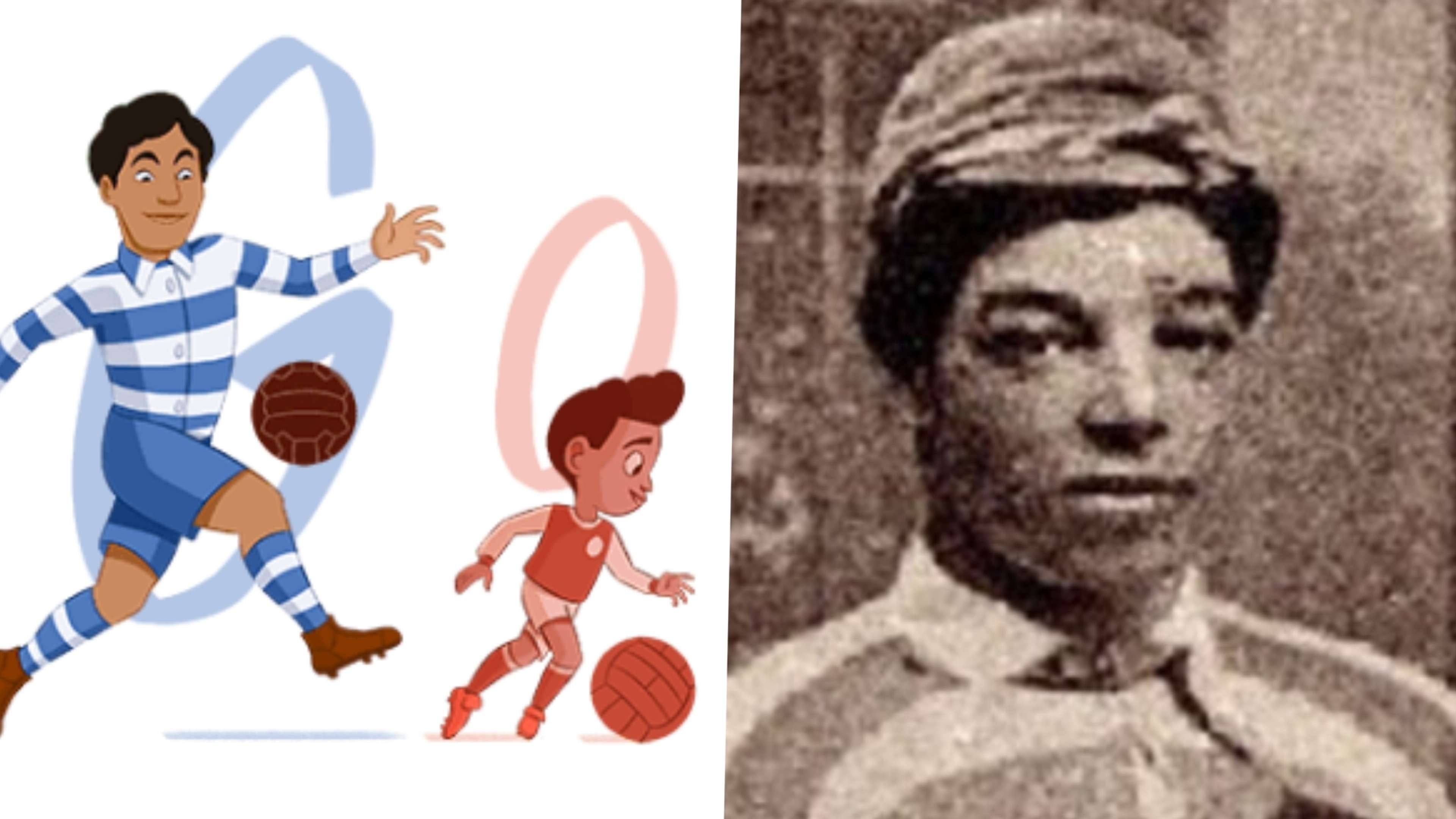In order for football to become the global phenomenon it is today, there had to be pioneers that broke down barriers and paved the way for future generations to enjoy the beautiful game.
It is because of their efforts that the most popular pastime on the planet is now a multicultural celebration of sport that is enjoyed by players and supporters in every corner of the world.
Andrew Watson was one of those that helped to influence proceedings, but who was he and why was he the star of a Google Doodle on October 18, 2022? GOAL takes a look…
Who is Andrew Watson?
Watson was born in Demerara, British Guyana on May 24, 1856. He was the son of Peter Miller Watson, a wealthy Scottish sugar planter, and a British Guyanese woman named Hannah Rose.
He moved to Britain with his father and older sister and was educated at a grammar school in Halifax and King’s College in London. Further study was undertaken at Glasgow University, which is where his love of sport - particularly football – truly blossomed.
Watson started his playing career with Maxwell in 1876, where he turned out at full-back and was also the first black administrator in the British game as he took on secretarial duties alongside his playing commitments.
 Google
GoogleHe was also a talented athlete and won several high jump competitions in his younger years.
Signing for Queen’s Park in April 1880 – who were Britain’s biggest team at the time – he helped them to two Scottish Cup triumphs, becoming the first black player to win a major competition.
Watson returned to London in 1882 and made history again when becoming the first black player to play in the English Cup while representing Swifts. A year later, he was the first foreign player to be invited to join the legendary Corinthians club.
A move to Merseyside outfit Bootle in 1887, who were breaking ground by paying players, saw Watson become the first black professional footballer in the United Kingdom.
At international level, caps were earned with England and Scotland – with the latter handing him the captain’s armband as historic victories were enjoyed against fellow home nations. Watson skippered Scotland to a 6-1 victory over England in 1881, which remains the Three Lions’ record home defeat, and a 5-1 win over Wales a few days later.
Why was Andrew Watson the star of a Google doodle?
Given all that he achieved, it seems only right that Watson’s exploits are recognised by the wider world, and in October 2022 he became the subject of one of the daily doodles that adorn Google’s search engine homepage.
British doodler Selom Senu was charged with the task of honouring Watson’s legacy, in a year that finally saw football come home as England’s women’s team savoured European Championship glory, while Google will be publishing an online exhibition dedicated to Watson’s remarkable career.
 Google
GoogleSenu has said of capturing a piece of history in the form of art: “When I was asked to create a Doodle dedicated to Andrew’s achievements, it felt like a dream come true. After reading about his incredible life, I decided to not only illustrate his career, but also the trajectory of those who have followed in his path.
“Coming so soon after the euphoric celebrations of the Lionesses’ victory, it was important to me to capture that connection in the Doodle — to demonstrate that one person’s contribution can spark a positive and lasting chain reaction. This is why I settled on the idea of incorporating other generations into the Doodle, and hence the original sketches depict Andrew himself with a football, proudly watching on as other generations follow in his footsteps.
“I wanted to capture the beauty of football: the pace, the excitement, the vibrancy and, most importantly, the fun. Each character has their own experience with the ball, in the same way that each football player has their own unique style and strength.
“I feel very proud and humbled to have been chosen to create this Doodle, and sincerely hope that people feel it captures not only Andrew’s legacy, but the legacy of all who follow in his footsteps.”
